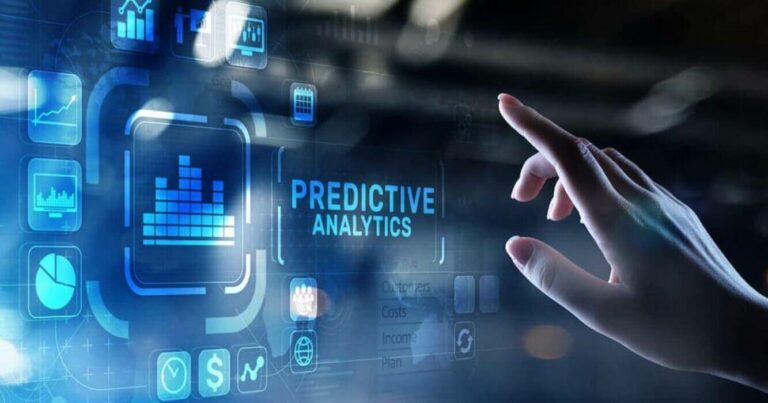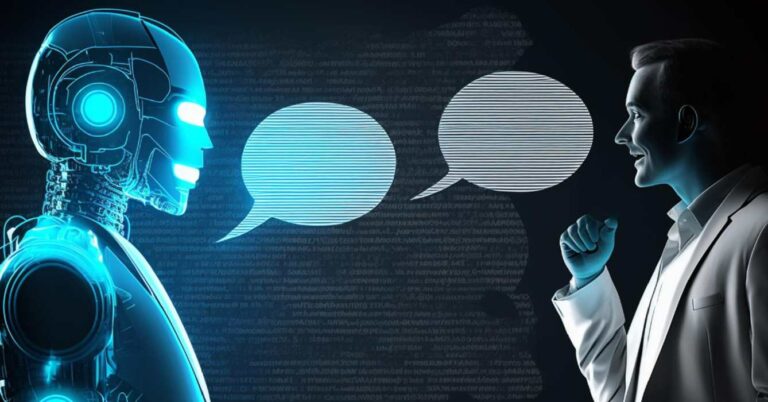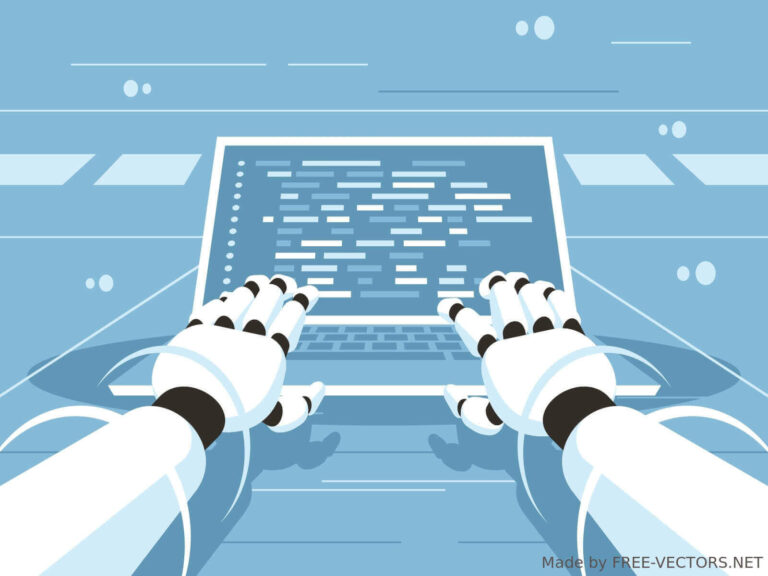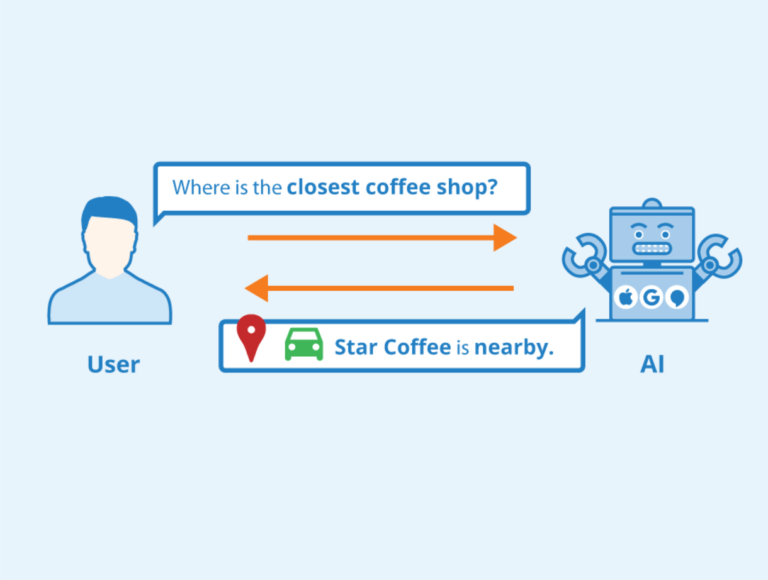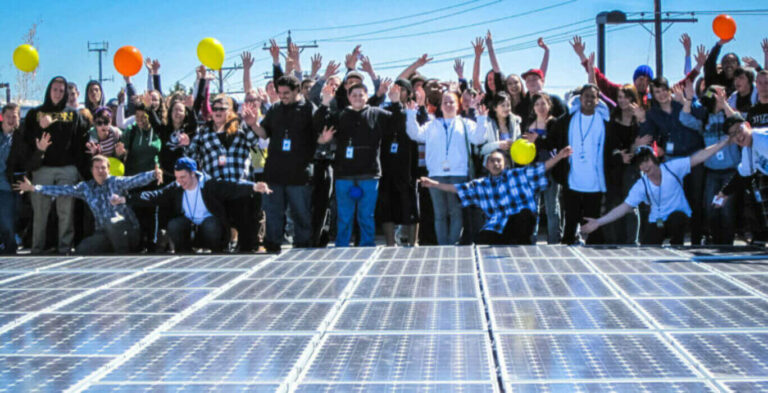Dangers of AI to Humanity
Discover the profound dangers posed by Artificial Intelligence (AI) to humanity, including potential solutions that can help safeguard our future.
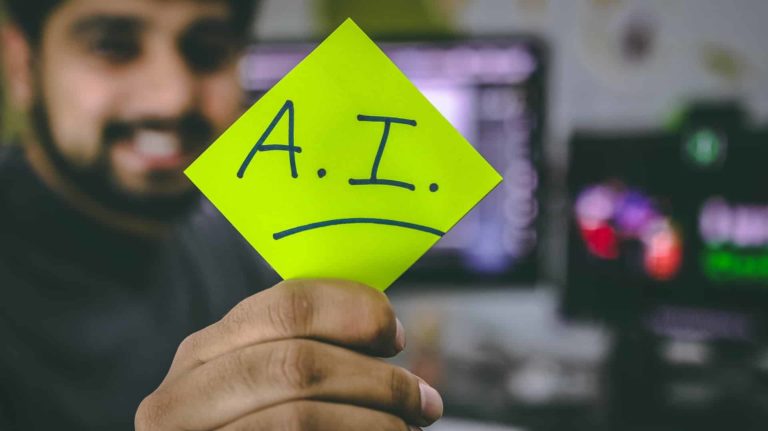
On March 22, 2023, the Pause Giant AI Experiments open letter got published, calling on all labs worldwide to immediately cease developing giant AI systems bigger than OpenAI’s GTP-4.
The reasoning behind this letter is about the numerous dangers that advanced AI models pose to humanity, making it necessary to jointly develop and implement safety protocols for advanced artificial intelligence systems worldwide.
This post looks at all the dangers posed by AI to humanity and considers possible solutions to these dangers as well.
GPT-4 & The 1,000-signature Letter
For most people, AI is fun. You can capture smart pictures and videos, edit your stuff with ease, work faster, get better information, recommendations, and so on, thanks to artificial intelligence algorithms.
However, when news broke in March 2023 of an open letter to halt AI development for a while, what caught most people’s attention were the names behind those signatures. From Elon Musk to Apple’s Steve Wozniak, and hundreds of other notable scientists and leading researchers, the seriousness of this letter was clear.
The letter has since garnered over 27k signatures and counting, but truth be told–AI development is like an arms race. You slow down, you lose.
The Dangers of AI to Humanity
Artificial intelligence touches many areas of people’s private and professional lives, depending on who you are and what you do. The following is a listing of the major dangers of AI to humanity in general.
- Job Displacement & Unemployment Crisis: The potential displacement of human workers in all types of professions is one of the major concerns about AI. In addition to job loss, this can lead to crises in the affected societies, socio-economic disparities, and other negative effects on society.
- Ethical Concerns: From biased algorithms to a loss of privacy and a lack of accountability, ethical concerns are another major danger posed by AI to humanity. Who’s fault is it when an AI driver hurts or kills a pedestrian? Who is responsible for a wrong medical diagnosis from AI? And who should be held accountable for other unintended consequences, such as when AI unintentionally harms? As more AI-powered robots and autonomous driving vehicles become a reality, these dangers will become mainstream.
- Security Risks: A reliance on artificial intelligence for certain security tasks, such as surveillance, cyber security, and autonomous weapons opens up many potential exploits. Autonomous weapons could cause serious casualties, for instance, because bad actors could poison the data the AI relies on, leading it to take decisions that might lead to serious casualties or escalate already tense conflicts.
- Loss of Human Control: Simple AI systems which offer design suggestions are okay, as they inevitably function as assistants to human experts. But with more complex AI models, which can reach decisions based on ever larger amounts of data, the danger that human control and supervision will become less relevant is high. This can lead to unforeseen circumstances, because for instance, it would be wise to follow the AI’s recommendations, but are they really correct in that instance?
- Skill & Economic Dependency: Reliance on AI for the expertise and economic services of society poses another set of dangers. First, reliance on AI for information can lead to reduced thinking capabilities for humans, as the system takes over these duties. Secondly, reliance on AI for services and critical economic infrastructure opens up that society to cyber-attacks and other AI-specific threats.
- Deepfakes & Misinformation: Deepfakes stunned the world with their amazing capabilities some years back, but that was just the beginning. As AI photo- and video-generation models get better each day, the day will come when it becomes very difficult–if not impossible–to differentiate AI-generated content from real pictures and videos. And as always, its potential implementations for misinformation, defamation, extortion, blackmail, revenge porn, fraud, character assassination, and social engineering are limitless.
- Economic Disparity & Social Inequality: The world is already highly divided into two classes of the haves and the have-nots, leading to terms like the 1% elite and the 99% oppressed. As AI relies on capital for development and economic implementation, the danger remains high that even a fewer percentage of the population will end up benefiting economically and massively from the financial returns of artificial intelligence invested in the markets.
- Social Isolation: Many social media users are already hooked to their smartphones, thanks to AI algorithms that show them exactly what they want to see and further engage them in other entertaining ways. This emotional dependence has created some level of addiction and a resultant social isolation, with many users being comfortable all alone with their phones. Also, as more AI services replace the humans in a person’s life, they will also be getting reduced physical interactions.
- Manipulation and Influence: AI algorithms are already used everywhere to manipulate search engine results, social media feeds, virtual assistants, and chatbots successfully. It is only a matter of time before someone stumbles on an innovative way to maximize these effects for profit or fun.
- Health and Safety Risks: Dependence on AI for healthcare also comes with risks that can jeopardize a patient’s health and well-being. They include the possible misdiagnosis of disease and wrong treatment based on biased or discriminatory training data. Another possibility is the intentional poisoning of the patient’s data by a bad actor to effect an unhealthy or even fatal treatment recommendation from the AI.
- Loss of Human Creativity: Large language models with text, image, and video generation capabilities are getting better each day, with OpenAI’s GPT-4, Stable Diffusion, and Midjourney 5 currently leading the way. These systems make it easier and faster to create all types of content usually left for artists and the naturally talented, from music to written text, poems, paintings, videos, and pencil sketches. As they get better and become available to everyone, the archetypal human creator becomes less and less relevant in society.
- Existential Risks: The danger of an Artificial General Intelligence (AGI) system with capabilities far beyond that of any human and with resources so powerful that it can decide to subjugate or harm humans in some way is very real.
- Lack of Transparency: No one truly understands how artificial intelligence works, especially when the algorithms are complex. This means that hardly anyone knows exactly how certain important decisions are reached, leading to the danger of biased or discriminatory outputs, undetectable security vulnerabilities and malicious attacks, and unaccountability of results.
- Diminished Human Value & Autonomy: By predicting and recommending stuff for humans, AI is continually taking over human decision-making and control. Furthermore, this could lead to even better-developed machines or models that are beyond human control. And this will diminish human relevance in many areas and professions, as well as devalue human skills, expertise, and societal contributions from different professions in each society.
- Unintended Consequences: This is probably the most dangerous of all the dangers posed by AI to humanity. What are the unintended consequences? No one knows. No one can know until it’s too late. That’s at least, in theory.
Possible Solutions To The Dangers of AI
The dangers of AI to humanity are multi-dimensional and this means that solutions to these dangers will have to be multi-faceted. Here are some of the potential solutions to help prevent the dangers of AI to humanity or reduce them.
- Robust Regulation and Governance: Governments need to establish regulatory bodies to manage and regulate AI development with ethical standards, transparency, and accountability.
- International Cooperation: Governments from around the world need to work together on developing ethical guidelines for AI development and regulating their local AI industries.
- Public Education & Awareness: Educating the general public about artificial intelligence, its benefits, and potential risks will also help individuals and businesses to make the right decisions.
- Explainable AI (XAI): As the name suggests, XAI or eXplainable AI is an AI development approach that makes it possible for humans to understand the reasoning behind the model’s predictions.
- Responsible AI for Social Good: Profit-seeking capitalists will reject this, but it is one of the best things humanity can do for itself. Why not create a free AI doctor or assistant for all? How about assistive technologies, environmental conservation, mental health support, social services, food security, and social welfare, all powered by Social AI?
- Continuous Monitoring and Evaluation: Every concerned technologist, researcher, or scientist has to keep an eye on AI development. Because while major companies can easily be regulated and made to follow ethical guidelines, there are still those unpredictable groups or teams that may decide to shock the world.
Conclusion
While artificial intelligence has the potential to dramatically impact humanity’s future, understanding its dangers is also critically important, because only then can we safely and equitably work towards its benefits for everyone, while mitigating these risks.
